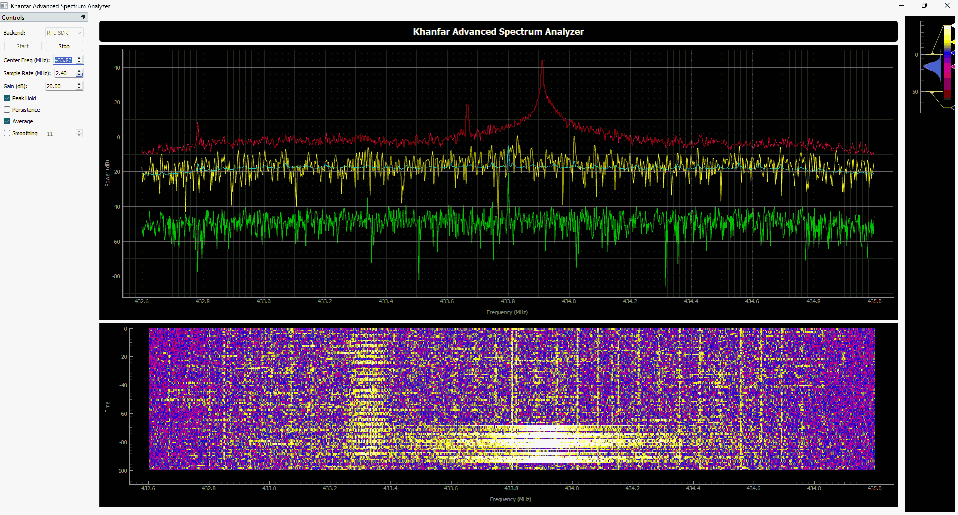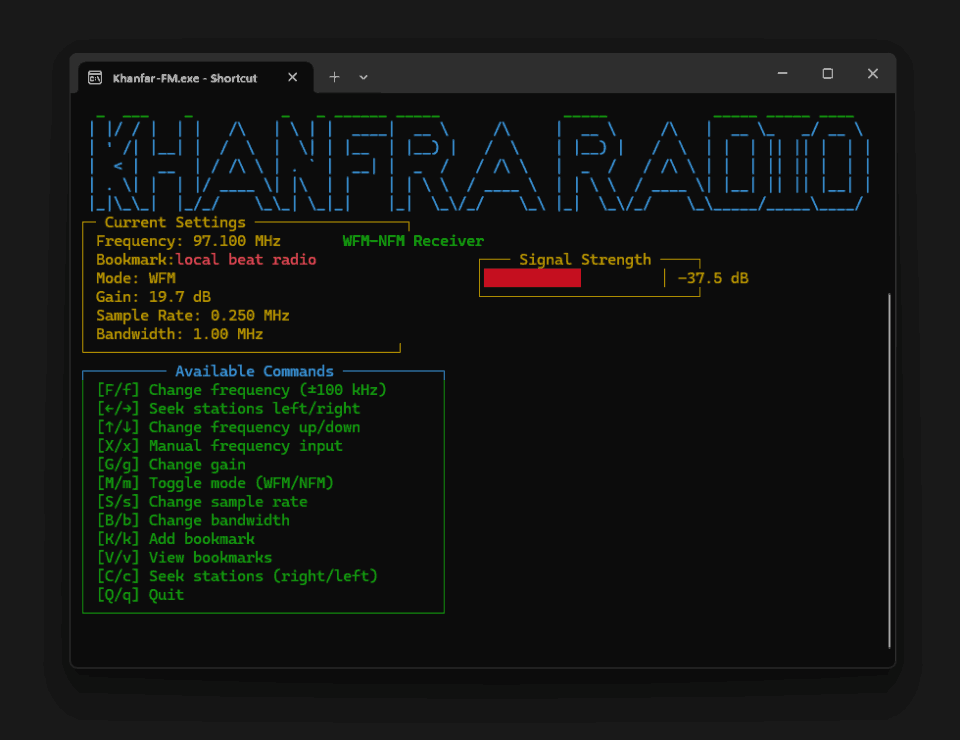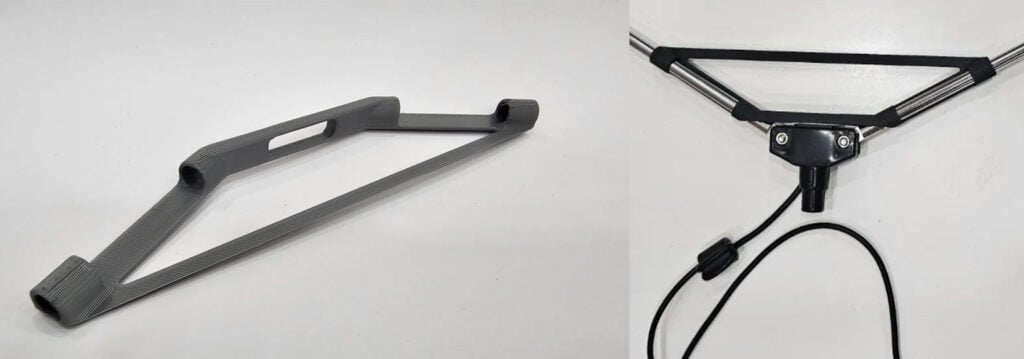A Handheld Cyberdeck with RTL-SDR
Over on his YouTube channel and Hackaday.io blog page, Nicholas LaBonte has shown his "Cyberdeck Handheld" which is a portable computer consisting of a Raspberry Pi 5, LCD screen, custom CNC'd keyboard, UPS module, and an RTL-SDR. All the components are placed in an aesthetically pleasing custom enclosure, made of some interesting premium materials like Sepele hardwood and Richlite. Nicholas writes:
Having been inspired by the uConsole and similar projects, I wanted to try my hand at building my own with off-the-shelf components. Richlite and Sepele hardwood would be used for the housing, materials that I have worked with furnishing yacht interiors. Combined with a bronze heatsink, I wanted to merge cyberpunk and nautical aesthetics. Since the keyboard was the biggest challenge, I started there by combining concepts from both Bobricius and the Ello 2M keyboards, settling on tabbed keys atop PCB-mounted microswitches.



